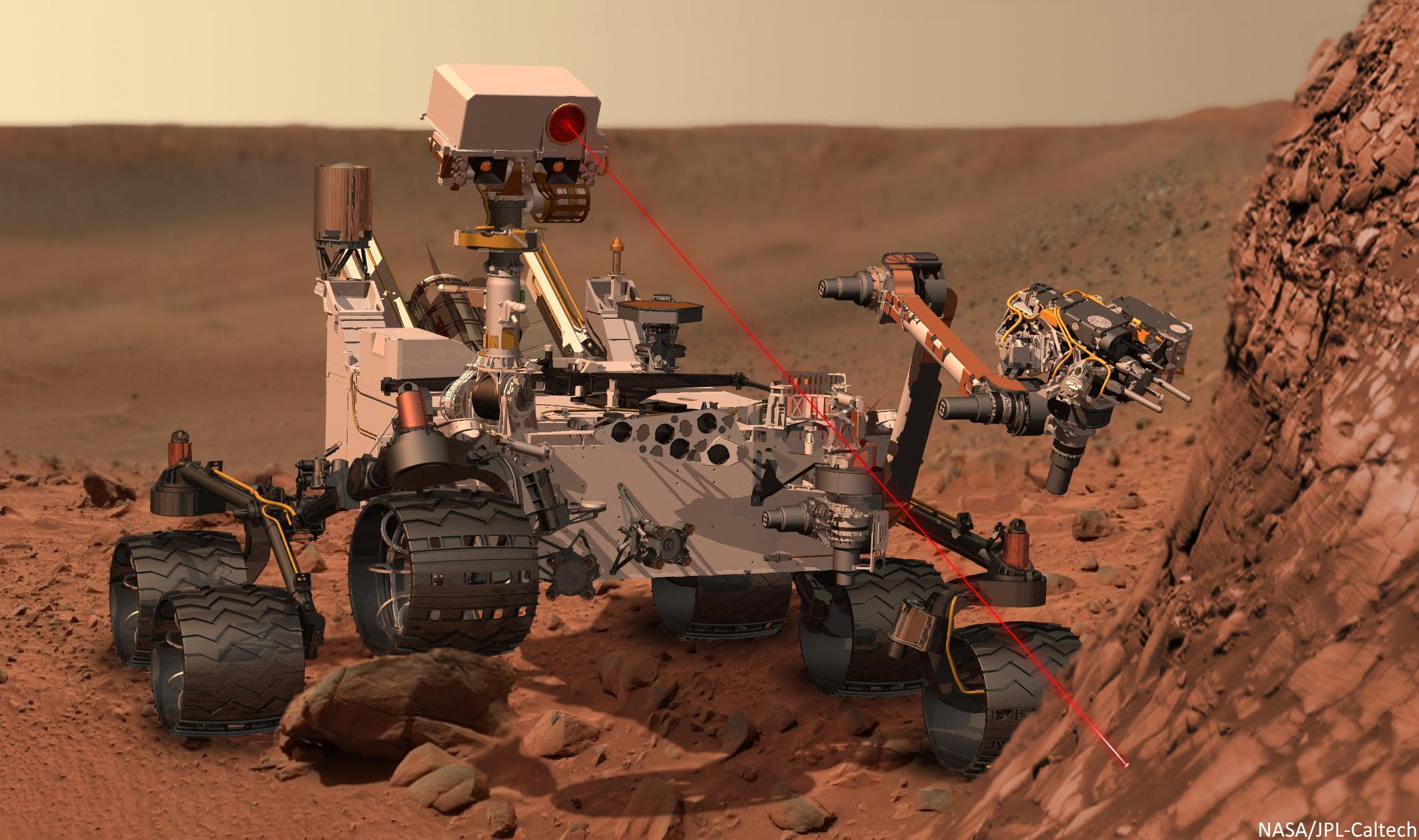Laser-Induced Breakdown Spectroscopy (LIBS) analyzers use laser-based optical emission spectrometry to analyze elemental composition of various materials. First practical application was developed in 1980 and now it used in Military, Industrial and Medical applications.
It is worth mentioning that NASA rover are equipped with LIBS instrument for chemical analysis of rocks in Mars.





